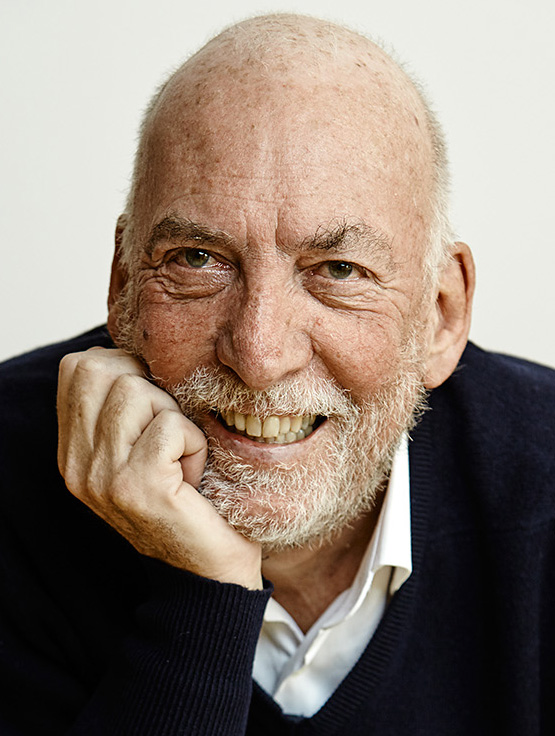Innovation in Constrained Codes
Kees Schouhamer Immink, Turing Machines Inc.

Constrained, or line, coding is a somewhat nebulous term which we may define by either inclusion or exclusion. A constrained code converts user data into a signal format which facilitates detection in the presence of channel impairments. It further caters for receiver timing on bit, codeword, and frame level.
In virtually all recording systems, as well as communication systems, some data sequences are much more prone to error than others. A constrained system is defined by a constrained set of "good" or "allowable" sequences to be recorded or transmitted. Constrained coding focuses on the analysis of constrained systems and the design of efficient encoders and decoders that transform arbitrary user sequences into constrained sequences.
Constrained coding has extensively been used since the advent in the 1950s of electronic storage devices. They find application in all hard disk, non-volatile memories, optical discs, such as CD, DVD and Blu-Ray Disc, and they are now projected for usage in DNA-based storage.
The speaker surveys the theory and practice of constrained coding, tracing the evolution of the subject from its origins in Shannon’s classic 1948 paper to present-day applications in DNA-based data storage systems. Open problems and future research directions are addressed. Specifically, he will discuss spectral shaping, run-length limited, two-dimensional, and Pearson codes.
Kees Schouhamer Immink received his masters and PhD degrees from the Eindhoven University of Technology. He was from 1994 till 2014 an adjunct professor at the Institute for Experimental Mathematics, Essen-Duisburg University, Germany. He has been a visiting professor at the Singapore University of Technology and Design (USTD). In 1998, he founded Turing Machines Inc., an innovative start-up focused on novel signal processing for solid-state (Flash) memories, where he currently holds the position of president.
Immink designed coding techniques of digital audio and video recording products such as Compact Disc, CD-R, CD-ROM, DCC, DVD, and Blu-ray Disc. He co-authored around 200 papers on communications and information theory, and holds 60 US patents.
He received the 2017 IEEE Medal of Honor, a Knighthood in 2000, a personal ‘Emmy’ award in 2004, the 1999 AES Gold Medal, the 2004 SMPTE Progress Medal, the 2014 Eduard Rhein Prize for Technology, the 2015 IET Faraday Medal, and the Golden Jubilee Award for Technological Innovation by the IEEE Information Theory Society in 1998. He was inducted into the Consumer Electronics Hall of Fame, elected into the Royal Netherlands Academy of Sciences, and the (US) National Academy of Engineering. He received an honorary doctorate from the University of Johannesburg in 2014. He served the profession as President of the Audio Engineering Society inc., New York, in 2003.